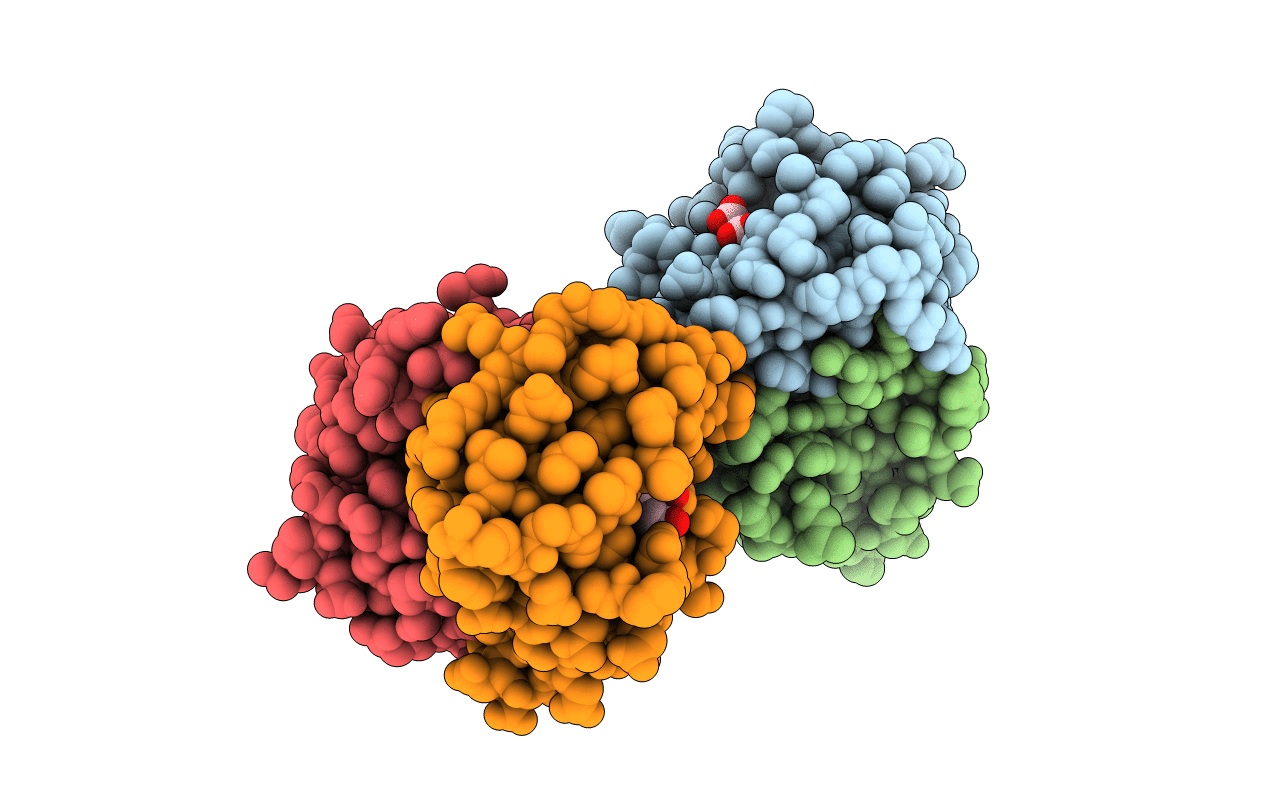
Deposition Date
2015-12-03
Release Date
2016-05-04
Last Version Date
2024-01-10
Method Details:
Experimental Method:
Resolution:
2.00 Å
R-Value Free:
0.22
R-Value Work:
0.18
R-Value Observed:
0.18
Space Group:
C 1 2 1


